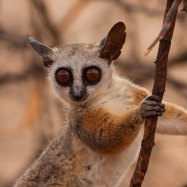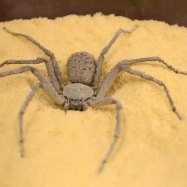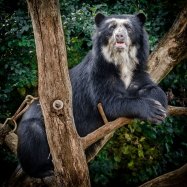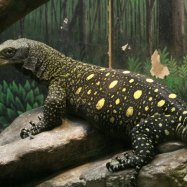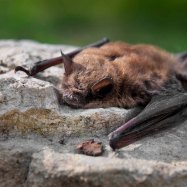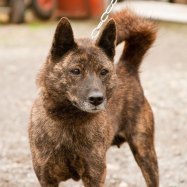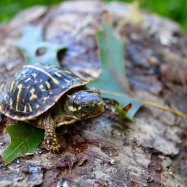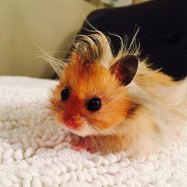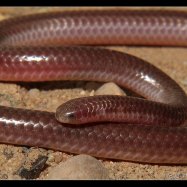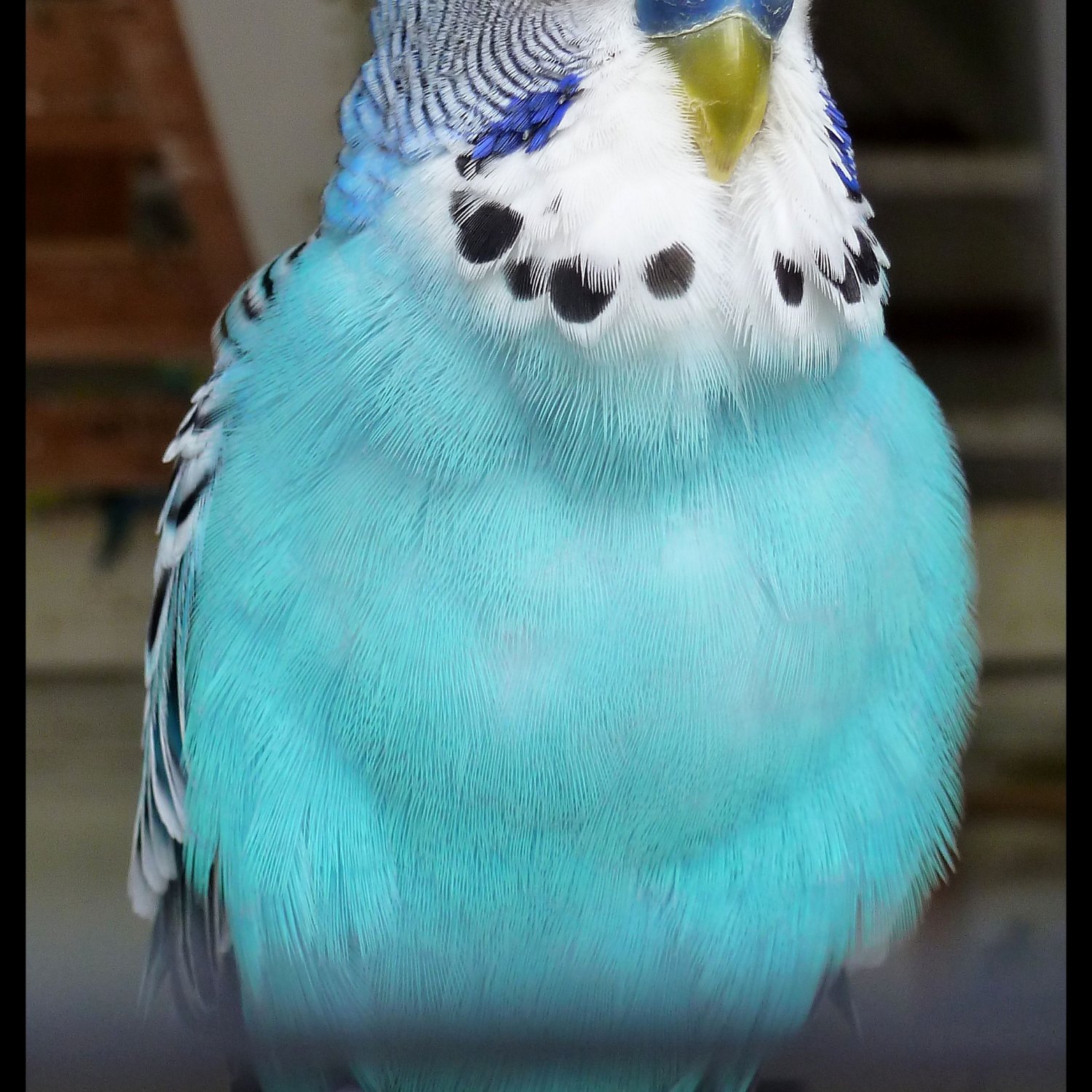
Parakeet
18 cm (7 in)
Parakeets are small, colorful birds from the Parrot family. With a compact body shape and a length of 18 cm (7 in), they make popular pets worldwide. These friendly and intelligent creatures are easily trained and can provide hours of entertainment for their owners.
Animal Details Summary:
Common Name: Parakeet
Kingdom: Animalia
Habitat: Grasslands, savannas, open woodlands
A Rainbow of Colors: Exploring the Enchanting World of Parakeets
If you're a bird lover, chances are you've heard of parakeets. These small, colorful birds have captured the hearts of bird enthusiasts with their vibrant feathers and playful personalities. But what exactly are parakeets, and what makes them such popular pets? Let's dive into the fascinating world of these feathered creatures and learn all about their unique characteristics, habitats, and more.Scientifically known as Melopsittacus undulatus, parakeets are part of the kingdom Animalia and belong to the phylum Chordata Parakeet. These small, yet magnificent birds are part of the class Aves, making them closely related to other birds such as parrots and cockatoos. Parakeets fall under the order Psittaciformes and the family Psittacidae, which includes over 300 species of parrots and parakeets.
Natural Habitat and Behavior
In the wild, parakeets are primarily found in their native country, Australia. They tend to inhabit grasslands, savannas, and open woodlands, making their homes in tree hollows or crevices. These playful birds are highly social and often found in large flocks, communicating through a variety of vocalizations and physical displays. They are also skilled flyers, often seen swooping and gliding through the sky with effortless grace.Parakeets have a varied diet, and they are considered omnivorous, meaning they eat a mix of both plants and small insects. In the wild, their diet consists of seeds, fruits, berries, and insects such as caterpillars and beetles. They forage for food on the ground and in trees, using their sturdy beaks to crack open seeds and nuts Patagonian Mara.
A Popular Pet Choice
Due to their charming personalities and striking appearance, parakeets have been a popular pet choice for hundreds of years. In fact, they were first introduced to Europe in the mid-1800s and have since become one of the most commonly kept birds as pets worldwide.One of the main reasons for their popularity as pets is their small, compact body shape. Unlike larger birds like cockatoos and parrots, parakeets can comfortably fit in smaller living spaces, making them an ideal choice for pet owners who may not have a lot of room to spare. Plus, their entertaining behavior and ability to mimic sounds and words make them a delightful addition to any household.
When kept as pets, parakeets thrive on a varied diet that includes seeds, fresh fruits, and vegetables. They also enjoy playing with toys, such as bells and swings, which provide them with mental stimulation and physical exercise. It's essential to provide them with plenty of attention and socialization, as they are highly social creatures and can become depressed if left alone for extended periods.
A Rainbow of Colors
Parakeets are known for their stunning colors, which vary depending on the species and subspecies. The most common colors seen in parakeets include shades of green, yellow, blue, and white. These colors give them a distinct and eye-catching appearance, making them a popular choice for pet owners looking to brighten up their homes.Aside from their natural colors, parakeets come in a variety of mutations that occur due to selective breeding. These mutations can result in unique color variations, such as lutino (solid yellow or white), albino (pure white with pink eyes), and pied (spotted or variegated feathers). These mutations have made parakeets even more appealing to pet owners looking for a one-of-a-kind bird.
Natural Language Processing and Parakeets
If you're interested in Natural Language Processing, also known as NLP, parakeets have something unique to offer. These birds have an incredible ability to mimic sounds and words, making them a valuable tool for studying NLP. Researchers have studied parakeets to learn more about language acquisition, vocal learning, and communication.One of the most famous parakeets used in NLP studies is a budgerigar named Alex. Alex was taught to identify over 100 different objects, distinguish between colors, and even count up to six. His impressive ability to learn and comprehend words and concepts opened up new possibilities for research in the field of NLP.
Conclusion
Parakeets are undoubtedly fascinating creatures, from their vibrant colors to their charming personalities. Whether you're a bird enthusiast looking to learn more about these feathered creatures or someone considering a parakeet as a pet, one thing is for sure – seeing a flock of parakeets flying through the sky in a rainbow of colors is a sight to behold. With their intelligence, social nature, and beauty, it's no wonder that parakeets have captured the hearts of bird lovers worldwide.

Parakeet
Animal Details Parakeet - Scientific Name: Melopsittacus undulatus
- Category: Animals P
- Scientific Name: Melopsittacus undulatus
- Common Name: Parakeet
- Kingdom: Animalia
- Phylum: Chordata
- Class: Aves
- Order: Psittaciformes
- Family: Psittacidae
- Habitat: Grasslands, savannas, open woodlands
- Feeding Method: Omnivorous
- Geographical Distribution: Australia
- Country of Origin: Australia
- Location: Commonly kept as pets worldwide
- Animal Coloration: Green, yellow, blue, white
- Body Shape: Small, compact
- Length: 18 cm (7 in)
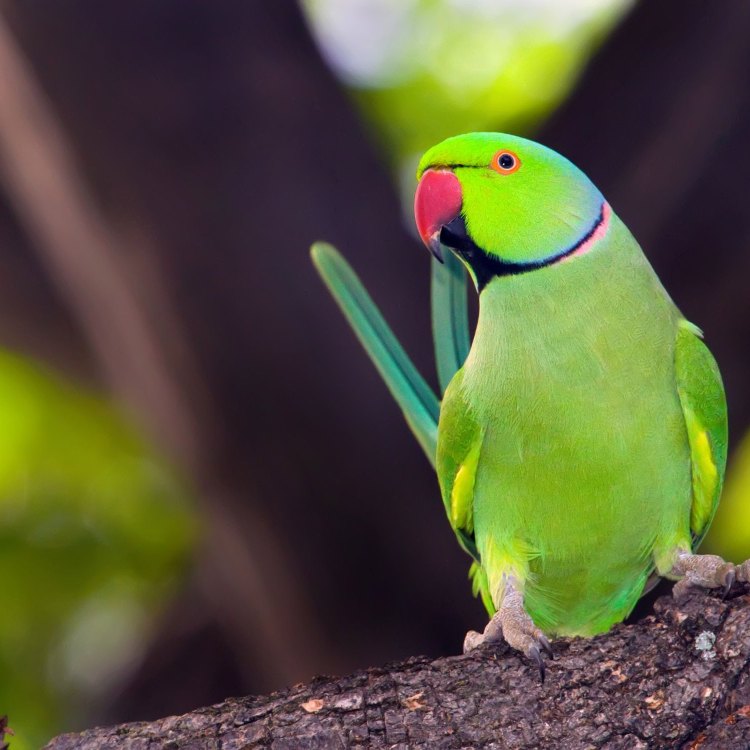
Parakeet
- Adult Size: Small
- Average Lifespan: 5-10 years
- Reproduction: Sexual
- Reproductive Behavior: Monogamous
- Sound or Call: Chirps, squawks, whistles
- Migration Pattern: Non-migratory
- Social Groups: Flock
- Behavior: Active, social
- Threats: Habitat loss, pet trade
- Conservation Status: Least Concern
- Impact on Ecosystem: Seed dispersal
- Human Use: Popular pet bird
- Distinctive Features: Long tail feathers, hooked beak
- Interesting Facts: They are known for their ability to mimic human speech.
- Predator: Birds of prey
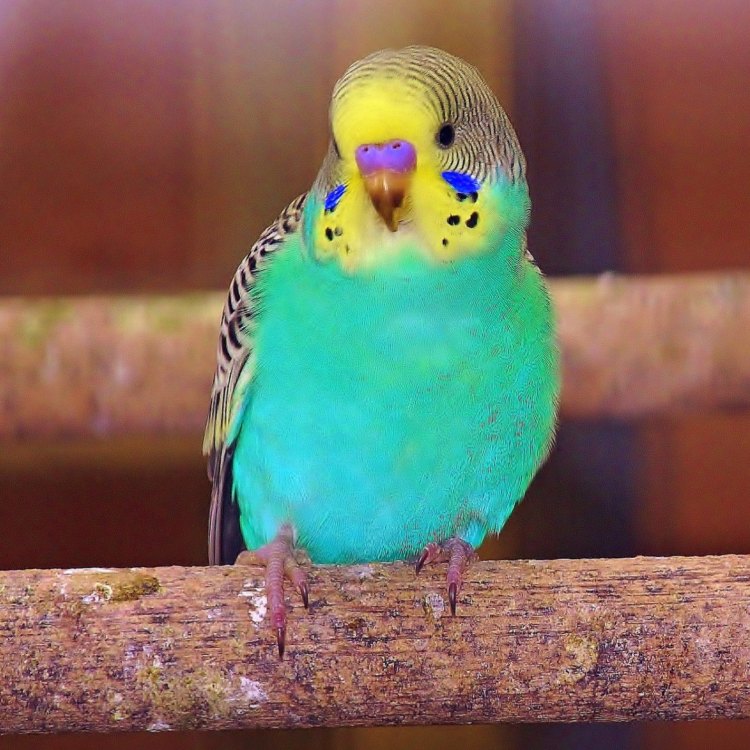
Melopsittacus undulatus
The Chatty and Colorful Parakeet: A Small Yet Fascinating Bird
When it comes to birds, the parakeet may not be the first one that comes to mind. After all, they are often overshadowed by more popular and exotic birds like parrots and macaws. However, don't let their small size deceive you. These feathered creatures are packed with unique features and behaviors that make them a fascinating and popular choice as pets PeaceOfAnimals.Com.Let's take a closer look at this colorful and chatty bird and discover what makes them stand out in the avian world.
A Tiny Bird with a Big Personality
Parakeets, also known as budgies, are a small species of parrot that are native to Australia and nearby islands. Typically, they measure around 7-8 inches in length and weigh only a few ounces. However, don't let their small size fool you. These birds have a lot of character and energy packed into their tiny bodies.Size and Lifespan
As mentioned earlier, parakeets are small birds, with an adult size of approximately 7-8 inches. Despite their small stature, they can live a relatively long life, with an average lifespan of 5-10 years. However, with proper care and a healthy diet, some parakeets have been known to live up to 15 years.Reproductive Behavior: Monogamous and Sexual
Parakeets are monogamous birds, meaning they mate for life Pomsky. They form strong bonds with their partners and are often seen grooming each other or snuggled up together. When it comes to reproduction, parakeets follow sexual reproduction, where a female parakeet lays eggs, and the male fertilizes them.The Sounds of a Parakeet
One of the most striking features of a parakeet is their ability to communicate through sounds and calls. Unlike other birds that have a limited range of vocalizations, parakeets can produce a wide variety of chirps, squawks, and whistles. They use these sounds to communicate with their flock mates, attract a mate, or display various emotions.Non-Migratory and Social
Unlike many bird species that undertake long migrations, parakeets are non-migratory birds. They prefer to stay in one place throughout the year and only move around in search of food and water.These birds are also highly social and live in flocks of up to 20 individuals. Within these flocks, they establish social hierarchies and communicate with each other through various vocalizations and body language.
Active and Playful Behavior
Parakeets are naturally active and playful birds. In the wild, they spend a considerable amount of time flying, foraging for food, and interacting with their flock mates. When kept as pets, they require plenty of time outside of their cages to fly, stretch their wings, and explore their surroundings.Threats to the Parakeet Population
The natural habitat of parakeets in Australia is facing threats due to deforestation, urbanization, and the pet trade. As more and more of their natural homes are destroyed, the parakeet population is declining. Additionally, the pet trade has also had a negative impact on the wild population of this bird, as many are captured and taken out of their natural habitat to be sold as pets.Conservation Status: Least Concern
Despite the threats facing the parakeet population, they are currently listed as a species of Least Concern on the International Union for Conservation of Nature (IUCN) Red List. This is due to their wide distribution and large population in the wild.Impact on Ecosystem: Seed Dispersal
Parakeets play a vital role in their ecosystem as seed dispersers. As they forage for food, they consume fruits and seeds, and then later spread them through their droppings. In doing so, they help in the growth and regeneration of plant species, contributing to the biodiversity of their habitat.Human Use: Popular Pet Bird
Despite being native to Australia, the parakeet has become a popular pet bird all over the world. Their energetic and playful nature, coupled with their ability to mimic human speech, makes them an attractive choice for bird lovers. When kept as pets, they require a proper diet, plenty of exercise, and socialization to thrive and maintain their chatty and cheerful personalities.Distinctive Features: Long Tail Feathers and Hooked Beak
Parakeets have several physical features that make them stand out from other bird species. Their long tail feathers, which can often be half of their body length, help them balance while perching and flying. Their hooked beak is sharp and strong, allowing them to break open hard seeds and nuts.Interesting Facts
Apart from their ability to mimic human speech, parakeets have several other interesting facts. Did you know that the scientific name for the parakeet is Melopsittacus undulatus? This loosely translates to "melodious parrot with wavy lines," a nod to their beautiful and unique feather patterns.Moreover, parakeets are also highly intelligent birds, capable of learning tricks and solving puzzles. They are also social learners and can pick up behaviors and vocalizations from other birds in their flock.
Predators: Birds of Prey
In the wild, parakeets are preyed upon by birds of prey, such as hawks and falcons. These predators are a significant threat to the parakeet population, especially in urban areas where their natural predators are fewer.In Conclusion
In conclusion, the parakeet may be small in size, but they are big in personality. These colorful and chatty birds are a delight to have as pets, with their ability to mimic human speech and their playful nature. However, it is also essential to be mindful of their declining population in the wild and ensure responsible ownership if keeping them as pets.So the next time you see a parakeet, take a moment to appreciate their unique features and behaviors, and remember that they are more than just a popular pet bird - they are a vital part of our ecosystem.
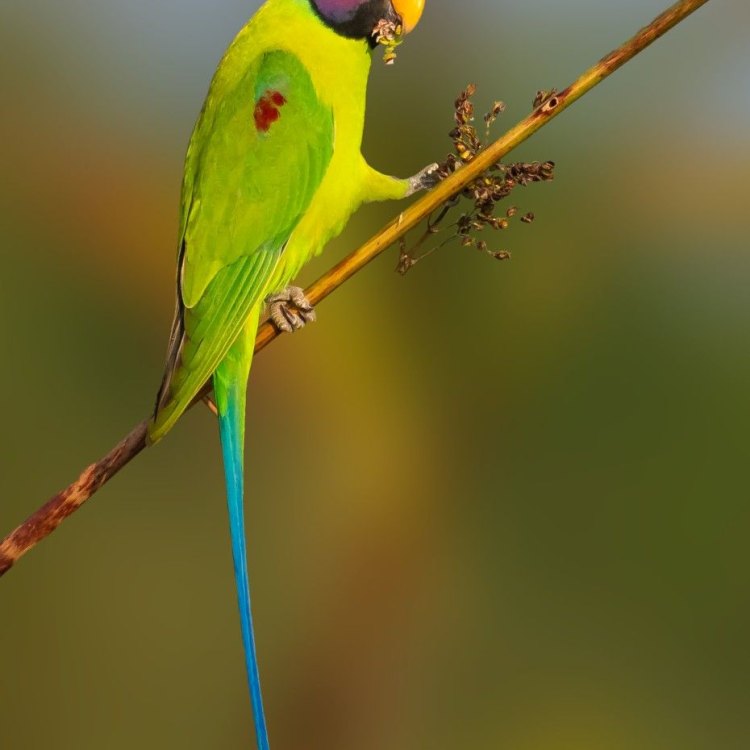
A Rainbow of Colors: Exploring the Enchanting World of Parakeets
Disclaimer: The content provided is for informational purposes only. We cannot guarantee the accuracy of the information on this page 100%. All information provided here may change without prior notice.

